Acting FAA Administrator Chris Rocheleau revealed during a House Appropriations subcommittee hearing that the agency lacks precise data on the number of drones operating in U.S. airspace at any given time, sparking concerns among drone professionals and recreational pilots. This admission, reported by Newsweek, comes amid growing flight safety fears following recent aviation incidents, highlighting the urgent need for improved drone tracking and regulation.
Why Tracking Drones Matters for Air Safety
The FAA’s inability to monitor all drones poses significant risks, especially as drone usage surges for both recreational and commercial purposes. Rocheleau’s testimony followed reports of fatal aviation crashes, including a Cessna 550 that went down in a San Diego neighborhood last month, killing six, and an earlier incident involving American Airlines Flight 5342, which collided midair with a Sikorsky UH-60 near Ronald Reagan Washington National Airport, resulting in 67 deaths.
These tragedies underscore the stakes of managing an increasingly crowded airspace. As Rocheleau stated, “I don’t believe I would know, the FAA would know—every single drone in the sky today,” emphasizing the challenge of monitoring non-compliant operators, such as hobbyists unaware of regulations or “nefarious actors” deliberately flouting them.

Technical Challenges in Drone Monitoring
The FAA has systems to track drones operated by Legal entities, with Rocheleau noting, “We do, in fact, work with legal operators, and we would be able to collect that [data] through [UAS traffic management].”
He highlighted a promising development after observing UAS traffic management demonstrations in Texas, describing the system as “incredible” and capable of counting drones in real time. However, the technology struggles with unregistered drones or those operated beyond the FAA’s current oversight capabilities.
Since March 2024, the FAA’s Remote ID rule—essentially a “digital license plate” for drones—has required most drones to broadcast identification and location data. This information, transmitted to FAA-Recognized Identification Areas (FRIA), helps the agency and law enforcement ensure compliance, but enforcement remains a hurdle for non-registered devices.
Regulatory Gaps and Industry Implications
For drone professionals and recreational pilots, the FAA’s uncertainty signals a need for stricter oversight and Education. The agency currently mandates that drones operate under 400 feet, remain in the operator’s line of sight, and avoid restricted airspace, as confirmed by an FAA spokesperson: “FAA’s role is to ensure drones operate safely within the broader National Airspace System.”
Yet, without comprehensive tracking, ensuring compliance is challenging. This gap could lead to increased regulations, potentially affecting commercial drone operations like delivery services or aerial surveying, which rely on predictable airspace access. Recreational pilots may also face tighter restrictions, impacting their ability to fly freely.

What’s Next for Drone Safety?
The FAA is under pressure to modernize its infrastructure, with President Donald Trump requesting a $1 billion budget increase to update the agency’s telecommunications systems, a move supported by Transportation Secretary Sean Duffy.
Rocheleau’s testimony suggests that advancements like UAS traffic management could eventually provide a clearer picture of drone activity, but until then, the industry must navigate an uncertain regulatory landscape. For now, drone operators are urged to adhere to FAA guidelines, register their devices, and stay informed on evolving rules to ensure safe skies for all.
Newsweek also reported ongoing aviation system strains, such as air traffic control staffing shortages at Newark Liberty International Airport, which led to hundreds of flight cancellations in May. These broader challenges compound the drone tracking issue, making it clear that the FAA must act swiftly to maintain safety and efficiency in U.S. airspace.
Discover more from DroneXL.co
Subscribe to get the latest posts sent to your email.

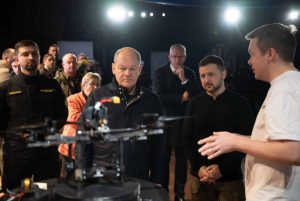

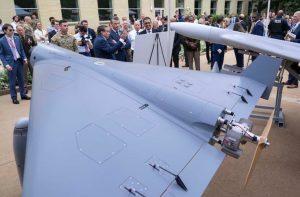
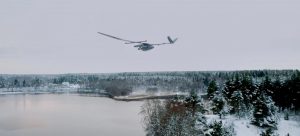



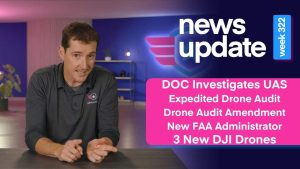

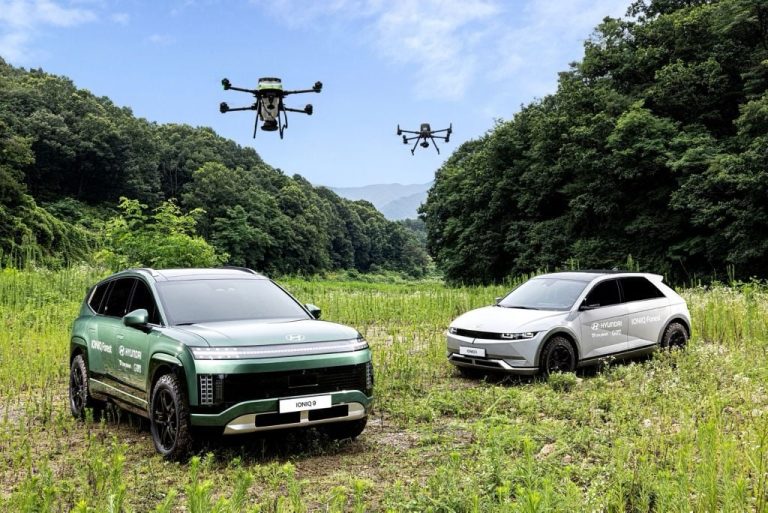
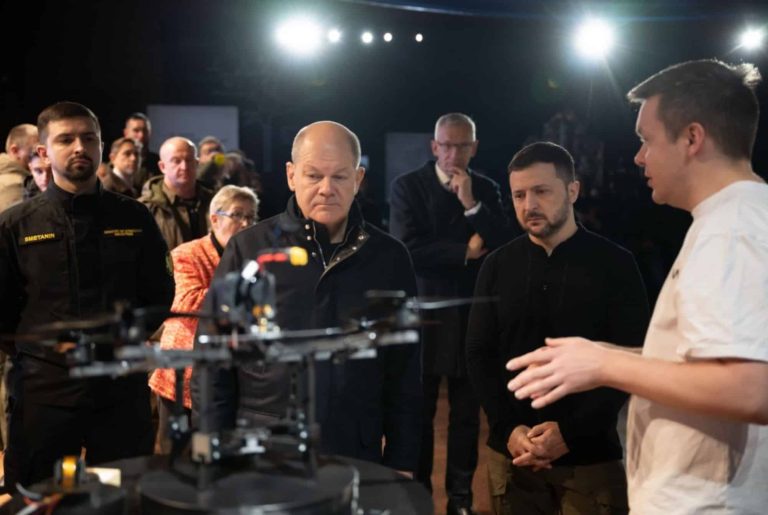
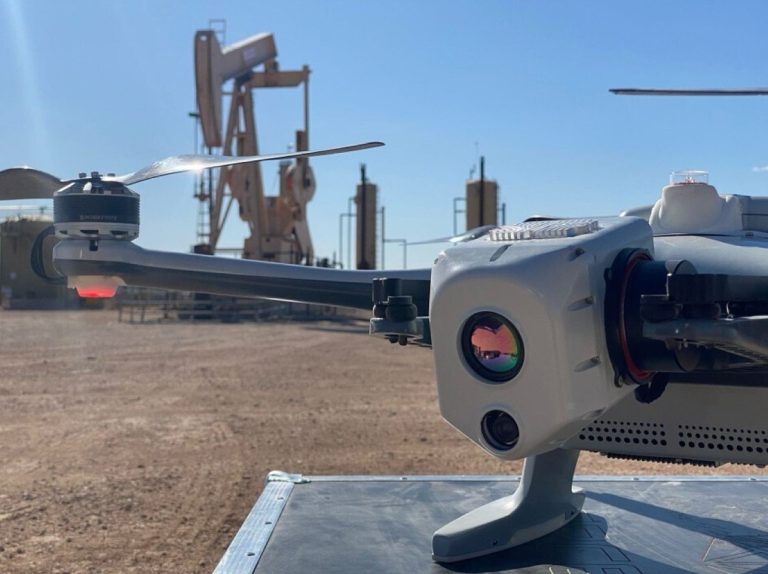
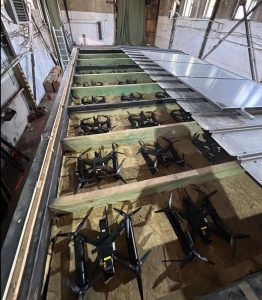


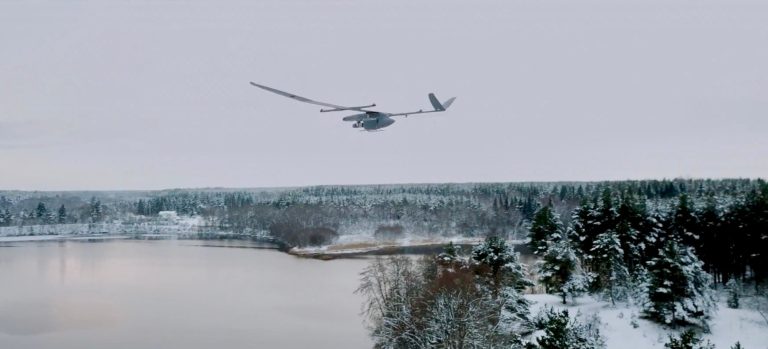
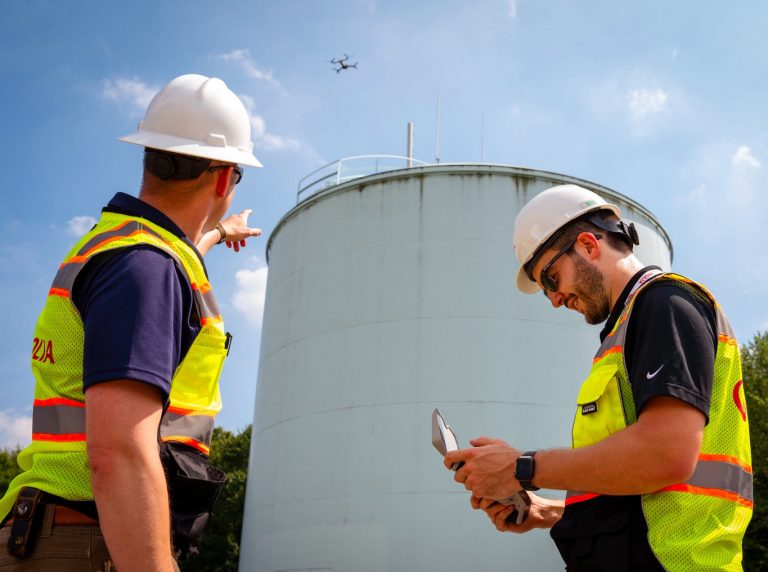


+ There are no comments
Add yours